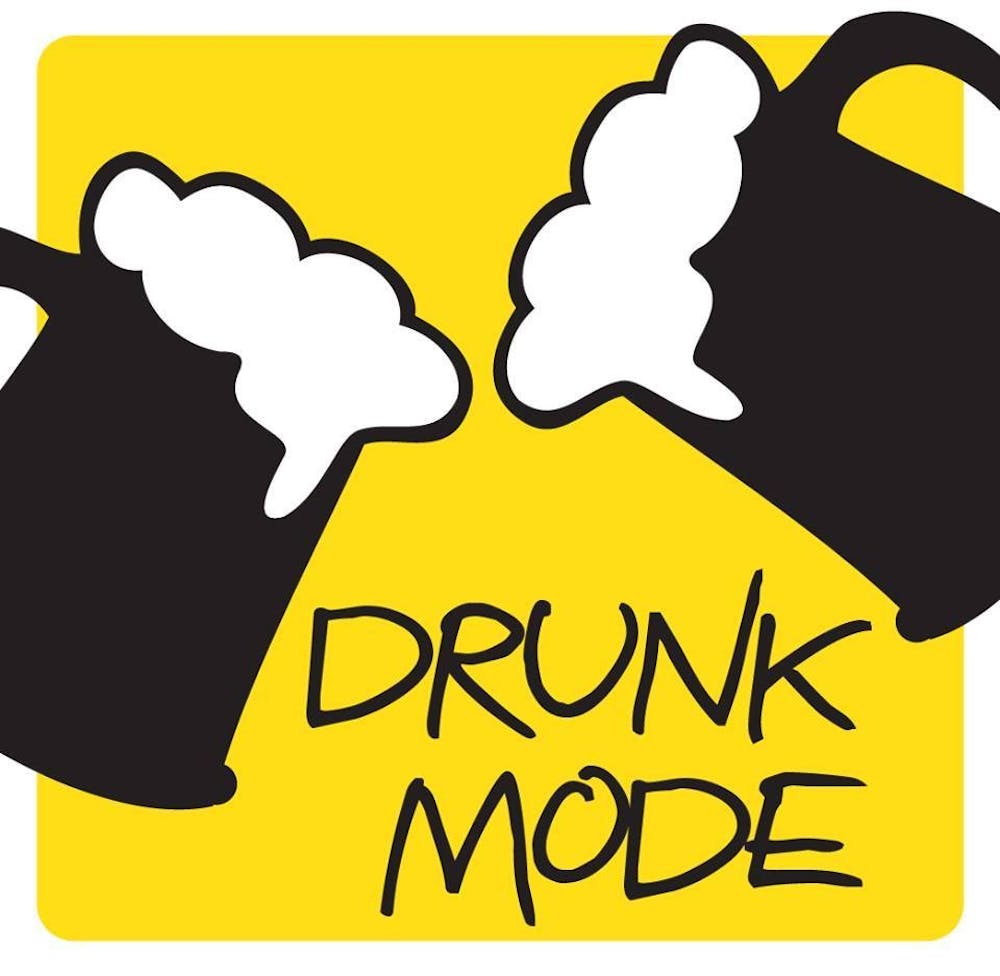Drunk Mode, a mobile phone app designed to prevent drunk dialing and keep college students safe while drinking, has reached almost 1 million users since former University students Joshua Anton and Justin Washington launched it in spring 2012.
When the app launched, 700 people downloaded it in the first week alone. The app grew by several thousand downloads every few months during 2014 and went viral at the end of the year. It finished out the year with over 200,000 downloads. Currently, the app has 900,000 users and is projected to hit one million downloads by mid-October.
Anton, now the chief executive officer, said Drunk Mode has four main features for students to use during nights out.
“What we basically are doing is four things,” Anton said. “We stop you from drunk dialing your friends, we allow you to find your drunk friends in real time, we show you where you went last night and we allow you to catch a ride home.”
On Oct. 15, a Drunk Mode update will include a new feature Hotspots, which displays an anonymous male to female ratio of Drunk Mode users on a map, and integrate with Fabriq, which shows if a user's friends got home safely and if someone goes missing.
“[With Hotspots,] the more people that have Drunk Mode in the area, the more popping that area is going to be,” University of Alabama student and Chief Communications Officer Jake Ellenburg said. “If 10 people were in a bar and they all had Drunk Mode on, that bar is going to show up as a Hotspot on your map.”
When Drunk Mode first launched, its primary objective was preventing users from making unplanned drunk calls to their peers. According to Anton, the app was not intended for safety purposes at first, but this is now a big emphasis.
“If we can solve safety at the same time, it…makes [Drunk Mode] more than just a party app — [it] makes it irreplaceable to your night out,” Anton said. “And being safe is part of that — we just kind of accidentally figured it out.”
After focusing on safety uses, the app began developing more social uses with features like Breadcrumbs, which tracks users’ locations throughout the night.
“We did a really good job building Drunk Mode and making it into where it’s mainly a safety app,” Ellenburg said. “We’ve got your back on so many levels as far as that’s concerned, so now we’re trying to get more for the user experience.”
Anton said the entertaining features of the app are still necessary so people will have an incentive to download it.
“We’re trying to find the people who haven’t had something happen to them, but they download us because they find the Drunk Dialing and Breadcrumbs features hilarious,” Anton said. “And at the end of the day, they indirectly use the Find My Drunk feature when there’s an emergency.”
Drunk Mode was not always so successful — last October, it would have shut down if not for support from investors and perseverance by the app’s creators, who raised $25,000 in four weeks to restructure the app.
“There was a time when we were struggling,” Ellenburg said. “You’ll hit rough patches where either the app is not that good or everyone thinks you’re not that good, but we have prevailed through all of that.”
In the process of creating and working on Drunk Mode, Anton has shaped his own career path after graduating from the University.
“I did what I wanted to do after college,” Anton said. “I wanted to run my own business and … make a difference in the world … I wanted to have a choice in what I wanted to work on.”
By doing what he loves, Anton will continue to impact how college students spend their weekends. The app is projected to have 2 to 3 million users by the end of 2015 and 5 to 6 million users by the end of 2016.
“We want to be the app that people use when they go out on college campuses, where we can solve every issue you may have,” Anton said. “We want to be the app that college students have and use for their social life in college at the same time while solving safety.”







